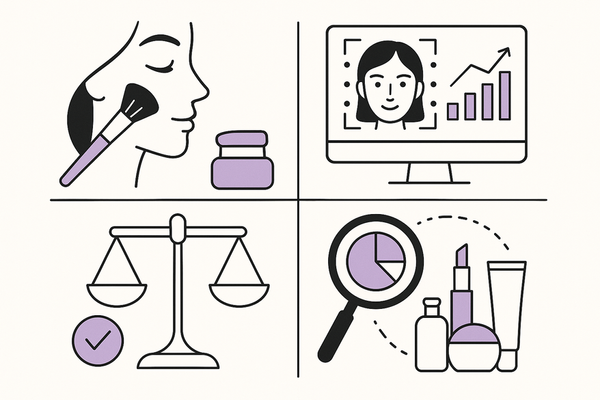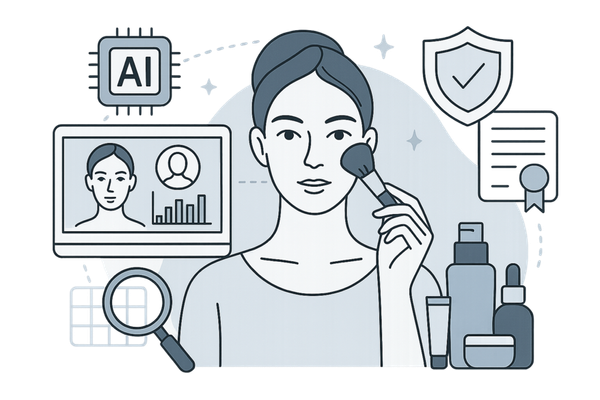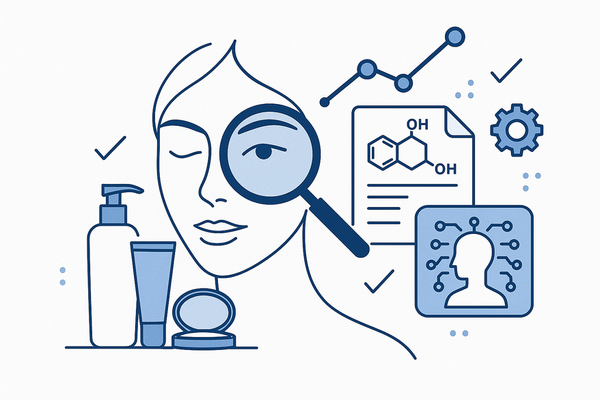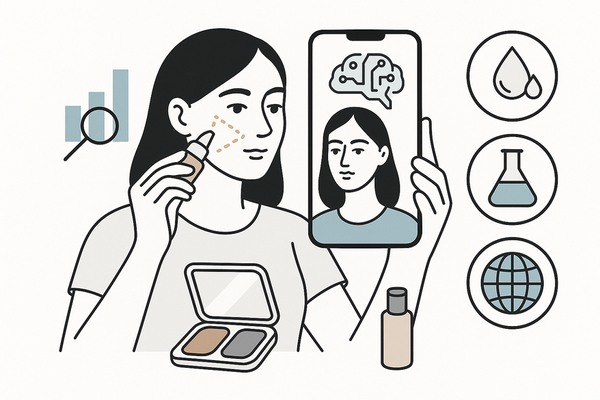AI Beauty App Privacy Concerns: Safeguarding Your Data in Makeup Generators
Explore AI beauty app privacy concerns and learn how to safeguard your data when using AI makeup generators, ensuring secure virtual try-ons and recommendations.
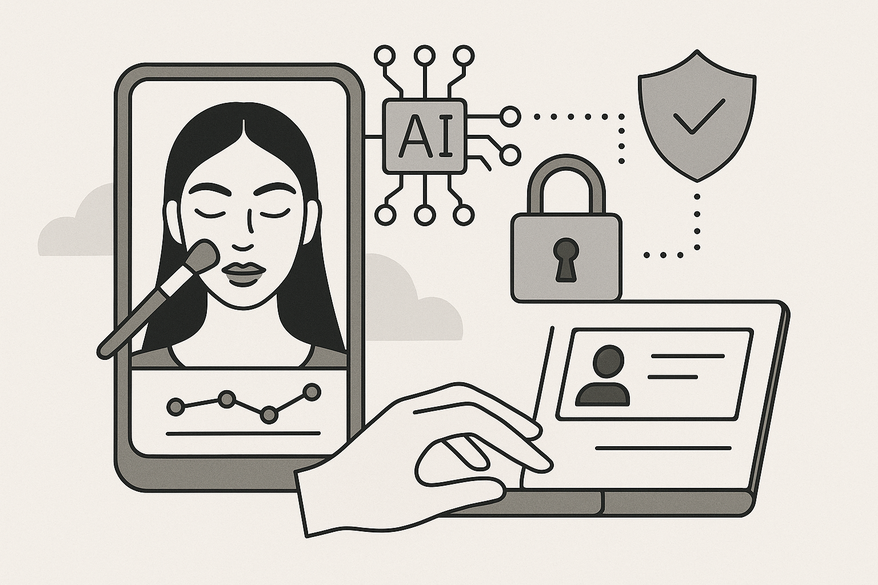
Estimated reading time: 8 minutes
Key Takeaways
- Data sensitivity: AI makeup generators rely on high-resolution facial imagery and personal identifiers.
- Privacy risks: Extensive data collection, opaque storage practices, and lack of transparency can lead to misuse or breaches.
- Developer best practices: Employ AES-256/TLS 1.3 encryption, MFA, data minimization, and clear policies.
- User actions: Review app permissions, use privacy dashboards, and choose trusted platforms.
- Future outlook: On-device processing, privacy-enhancing technologies, and stricter regulations will shape the field.
Table of Contents
- Overview of AI Beauty Applications
- In-depth Analysis of Privacy Concerns
- Best Practices for Data Protection
- Connection Between AI Makeup Generators and Privacy Concerns
- Future Trends and Regulatory Developments
- Conclusion
- FAQ
Overview of AI Beauty Applications: AI Makeup Generators
AI beauty apps leverage artificial intelligence and computer vision to transform how we choose and apply cosmetics. An AI makeup generator lets users upload a selfie, map facial landmarks, and apply realistic filters in real time. These systems combine pattern recognition with neural networks to deliver professional-grade virtual makeovers. For a deeper dive, see virtual try-on technology.
Key Features
- Facial recognition and skin analysis: AI assesses tone and texture.
- Personalized recommendations: Tailored lipstick shades and foundations.
- Virtual try-ons: Simulate looks for eyes, cheeks, and lips.
Top Benefits
- Precise color matches based on facial geometry.
- Reduced product waste through virtual sampling.
- Increased accessibility to professional-grade tools.
These innovations showcase the power of machine learning in consumer beauty tools—but they also raise privacy concerns when sensitive data is involved.
In-depth Analysis of Privacy Concerns
Extensive Data Collection
Many apps gather:
- Biometric data (facial geometry, skin maps)
- Personal identifiers (email addresses, device IDs)
- Location metadata (GPS coordinates)
“These apps often collect sensitive biometrics and personal identifiers,” according to a Cloud Security Alliance report.
Data Storage & Usage
- Storage duration: Are selfies retained indefinitely?
- Access controls: Who can view raw images?
- Encryption: Are images and metadata protected in transit and at rest?
Some platforms “send unencrypted data, exposing users to interception,” notes security experts.
Lack of Transparency
- Opaque training data and sharing practices
- No clear audit trails for third-party access
- Difficulty requesting data deletion or export
“Users often lack clear control over how their data is used,” warns the CSA analysis.
Regulatory Scrutiny
- GDPR and CCPA require consent and deletion rights
- Regular audits and transparent policies are mandatory
- Fines for non-compliance can be severe
Regulators now demand “transparent privacy practices,” as highlighted by AI privacy trends analysis.
Best Practices for Data Protection
Recommendations for Developers
- Encryption Standards
- At rest: AES-256
- In transit: TLS 1.3
- Secure Authentication
- Multi-factor authentication (MFA)
- OAuth 2.0 for third-party logins
- Data Minimization
- Collect only essential data
- Auto-delete images older than a set threshold
- Transparent Policies
- Explain data practices in plain language
- Regulatory Compliance
- Adhere to GDPR, CCPA, LGPD
For deeper insights, visit Makeup Check AI data security guide.
Tips for Users
- Review Permissions
- Audit camera, storage, and location access
- Use Privacy Tools
- Submit data-removal requests or use privacy dashboards
- Choose Trusted Apps
- Seek clear security disclosures and third-party audits
Apps like Makeup Check AI offer built-in controls for secure data management.

Connection Between AI Makeup Generators and Privacy Concerns
High-Resolution Imagery Requirements
- Age and gender detection
- Facial landmark mapping
- Skin texture analysis
Such data can lead to “deanonymization and discriminatory profiling,” warns experts.
Balancing Innovation vs. Privacy
- On-device Processing
- Limit cloud uploads by analyzing on smartphones
- Data Anonymization
- Strip metadata and tokenize facial templates
- Differential Privacy
- Inject noise to prevent reverse engineering
Mitigation Strategies
- Limit Image Retention
- Auto-delete raw photos after processing
- Encrypted Ephemeral Storage
- Use RAM-based storage for temp processing
- User-Controlled Settings
- Allow opt-out of data sharing
Future Trends and Regulatory Developments
Emerging Technical Trends
- Privacy-Enhancing Technologies (PETs)
- Homomorphic encryption for computation on encrypted data
- Federated learning across devices
- Edge Computing
- On-device AI inference to reduce exposure
Regulatory Outlook
- Explainable AI mandates for transparent model decisions
- Real-time monitoring to flag privacy breaches
- Enforced data-subject rights with strict timelines
Predictions
- Default on-device processing for core features
- Industry privacy scorecards for beauty apps
- Routine AI audits and certifications
Conclusion
AI beauty apps offer engaging virtual try-ons and personalized recommendations—but they must not compromise user privacy. By embracing robust encryption, transparent policies, and on-device processing, developers can build trust and protect sensitive data. Users, in turn, should stay vigilant, review permissions, and choose applications with clear privacy commitments. Collaborative efforts among developers, regulators, and consumers can ensure that AI makeup generators remain transformative yet respectful of personal privacy.
FAQ
- Are AI beauty apps safe?
Most apps use encryption and consent mechanisms, but always review permissions and privacy policies before uploading images. - How can I protect my data?
Use apps with on-device processing, request data deletion, and enable multi-factor authentication where available. - What regulations apply?
GDPR, CCPA, and LGPD set standards for data collection, consent, and deletion rights in many regions.

